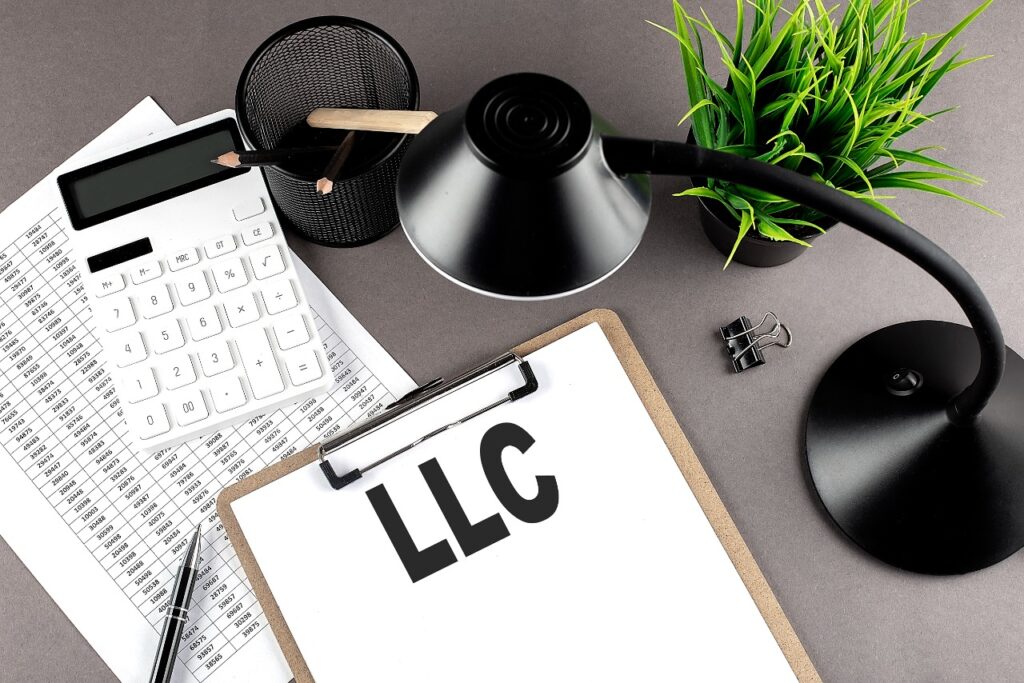A limited liability partnership is an alternative business structure that combines a company’s limited liability with a partnership’s flexibility. The LLP is a separate legal entity, liable for its assets but limited to the contributions of each partner.
Additionally, individual partners are not responsible for the actions of other partners, so they are not held jointly liable for another partner’s business misconduct.
Rights And Duties Of Partners
In an LLP, the partner’s rights are determined by an agreement between them and the LLP. LLPs are not relieved of the responsibility for their obligations as separate entities.
LLP In Other Countries
LLPs are available in the United Kingdom, United States of America, several Gulf states, Australia, and Singapore.
Company Vs. LLP
In contrast to a company, a Limited Liability Partnership is governed by this contractual agreement between its partners as opposed to a statute (e.g., Companies Act, 1956, not called the 2013 Companies Act). A legal business is required to be carried on by an LLP. Any Charitable Institution registered as a Sec. 25 Company cannot be registered as an LLP.
Formation Of LLP
To form an LLP, you will need at least two partners. Partners will have no limit on the number of partners, as opposed to 20 in partnerships. For every LLP, at least two “Designated Partners” must be appointed. Apart from their responsibilities as partners, “Designated Partners” will also be responsible for regulatory and legal compliances.
The Term LLP
An LLP is either named “limited liability partnership” or the acronym “LL.” The Registrars of Companies (ROC) can reserve the name on approval of Form1 for three months from the date of intimation. Names of LLPs will not be given that are considered undesirable by the Central government.
Foreign LLPs/Companies can retain their existing names in India, under which they operate outside India, for three years, which the Registrar can further renew.

Accounts & Audit
All LLPs must maintain audited annual accounts reflecting their state of affairs. Every LLP shall file with the Registrar an annual “Statement of Accounts and Solvency.”
Filling Of Documents
LLPs have to file documents, such as the Statement of Accounts and Solvency (SAS), the Annual Return (AR), and notices of changes to the partners within the timeframes specified in the relevant provisions of the Act. Moreover, the Act provides for the compounding of offenses punishable by a fine.
Taxation Of LLP
Since taxation is dealt with under Tax Laws, LLPs are not provided with taxation information. A taxation scheme for LLPs has been proposed in the Income Tax Act, 2009, through Finance Bill.
Remuneration To Partners
LLPs can deduct remuneration for partners within limits prescribed under the Income Tax Act, subject to agreement and other terms.
Interest To Partners
An LLP can deduct the interest if it pays to partners within limits prescribed in section 40(b) of the Income Tax Act if it complies with section 184.
Disallowance Of Interest And Interest u/s 40A (2)
The Income Tax Act provides in section 40A(2) that a business involves expenditure for which payment has been made to specified persons.
Signing Of Income Tax Return
An LLP partner may sign and verify the income tax return if the designated partner cannot do so or if there is no designated partner (section 140(cd) of the Income Tax Act).
No Presumptive Taxation Scheme
LLPs cannot use the presumptive taxation scheme under Sections 44AC or 44AD.
Income Tax Liability Of LLP Partners
A partner of an LLP is jointly and severally liable for income tax. Still, they may escape liability if they can prove that non-recovery is not due to gross negligence, misfeasance, or breach of any duty on their part.
Financial Year
The LLP can close its first financial year either on the coming or 31st March, i.e., the LLP files its first 12-month financial statement.
Dissolution Of LLP
A dissolution agreement must be executed to dissolve an LLP. LLP agreements can stipulate how the net assets are distributed amongst the partners.
Winding Up Of LLP
To wind up an LLP, the General Meeting of the partners needs to approve the winding-up resolution.
Contact Pan India For Registration




